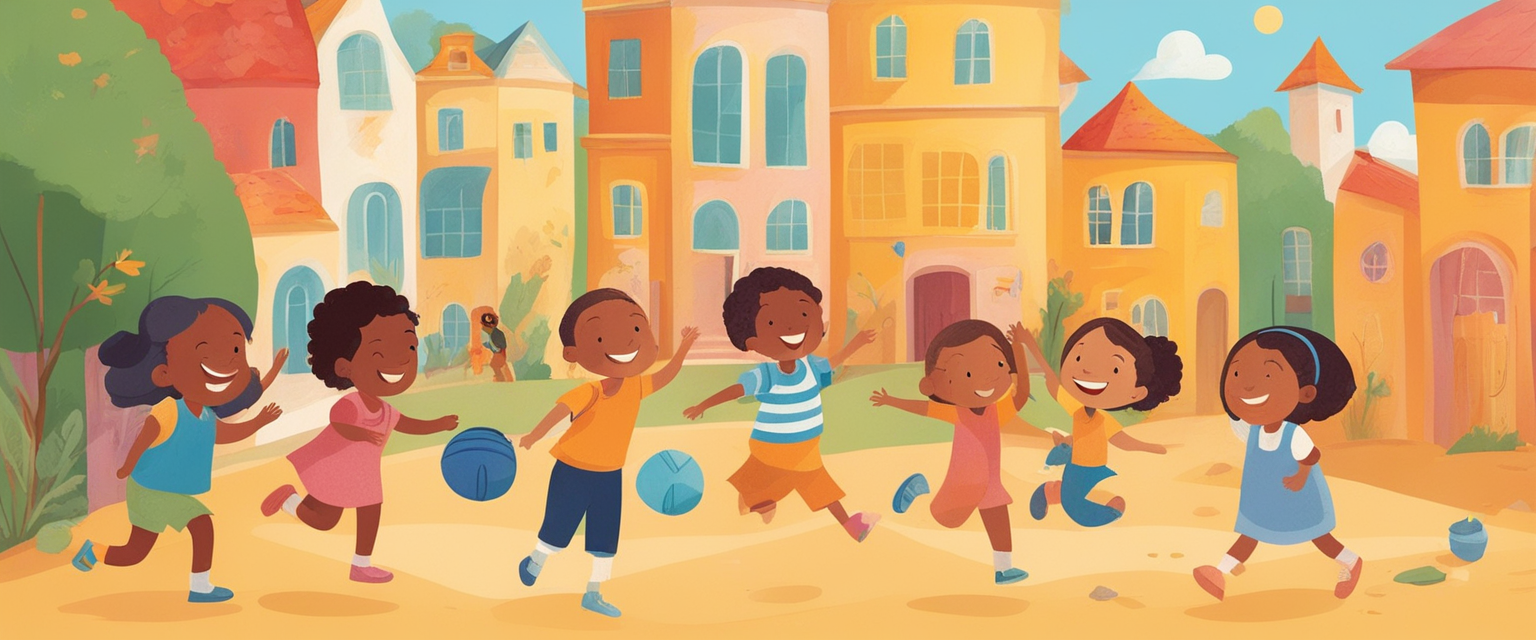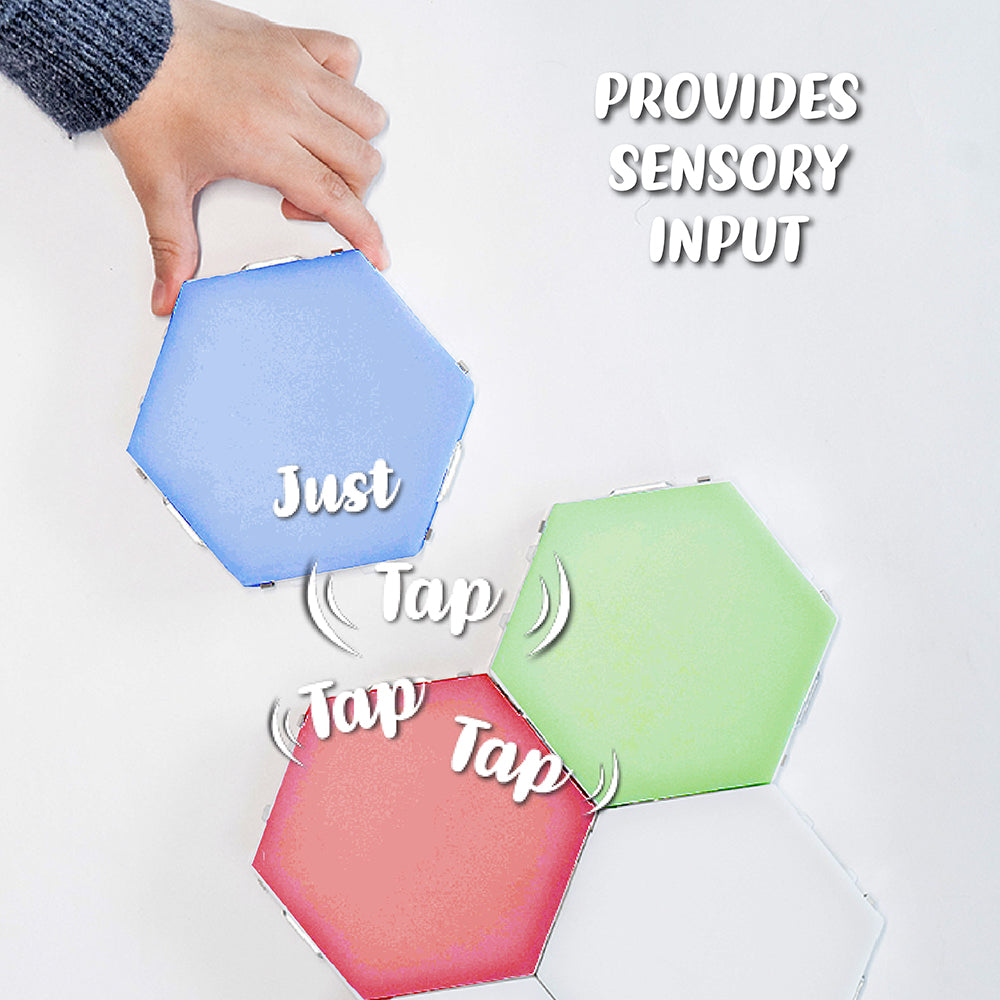 When we think of the word 'inclusion,' we often imagine spaces where everyone, regardless of their abilities, feels welcomed and valued. For children with autism, the journey to find such spaces can be fraught with challenges. Yet, there are places where inclusion is not just a buzzword but a living, breathing reality. These places are beacons of hope, demonstrating that with dedication and creativity, we can create environments where every child thrives. For further reading on creating sensory-friendly environments, check out our article on enhancing sensory rooms.
When we think of the word 'inclusion,' we often imagine spaces where everyone, regardless of their abilities, feels welcomed and valued. For children with autism, the journey to find such spaces can be fraught with challenges. Yet, there are places where inclusion is not just a buzzword but a living, breathing reality. These places are beacons of hope, demonstrating that with dedication and creativity, we can create environments where every child thrives. For further reading on creating sensory-friendly environments, check out our article on enhancing sensory rooms.
Adapting Schools for Autism Inclusion
Schools play a pivotal role in shaping a child's future. For children with autism, an inclusive school environment can make all the difference. Take, for example, the innovative approaches of the Willowbrook School in Chicago. This school has implemented a sensory-friendly curriculum that includes quiet rooms, sensory breaks, and personalized learning plans. These adaptations have not only improved academic performance but also enhanced social interactions among students. Another shining example is the Greenfield Elementary School in California. Here, teachers undergo specialized training to understand the unique needs of autistic children. The school also employs assistive technology, like communication devices and interactive whiteboards, to support learning. The result? A harmonious environment where autistic children feel understood and supported, leading to increased engagement and reduced anxiety.Inclusive Parks: Playgrounds for All
Parks are vital for children's physical and emotional well-being. For autistic children, traditional playgrounds can be overwhelming. However, inclusive parks are changing the game. The Magical Bridge Playground in Palo Alto, California, is a testament to this transformation. Designed with input from occupational therapists and families, this park features sensory play zones, quiet areas, and equipment that caters to different sensory needs. Similarly, the Friendship Park in Michigan offers a variety of sensory experiences, from tactile panels to musical instruments. These adaptations ensure that every child, regardless of their sensory preferences, can enjoy the park. Parents have reported that their children, who once shied away from playgrounds, now eagerly look forward to their visits.Community Events: Celebrating Diversity
Community events are another avenue where inclusion can shine. The Autism-Friendly Santa Event in New York is a heartwarming example. Held annually, this event offers a quiet, sensory-friendly environment where children with autism can meet Santa without the usual hustle and bustle. The organizers provide noise-canceling headphones, dimmed lights, and scheduled time slots to ensure a calm and enjoyable experience. Similarly, the Sensory-Friendly Film Screenings by AMC Theatres have been a game-changer. These screenings feature lower sound levels, dimmed lights, and a relaxed environment where children can move around freely. Parents have expressed immense gratitude for these events, as they provide a rare opportunity for families to enjoy a movie together without stress.
TAP-TAP Sensory Lights - With a few simple taps, these lights have the ability to transform any space into a stimulating, enjoyable and sensory room for kids, providing visual stimuli that can capture kids' attention and interest. Simply swipe across the areas you want to turn on and swipe again to turn off.










Leave a comment